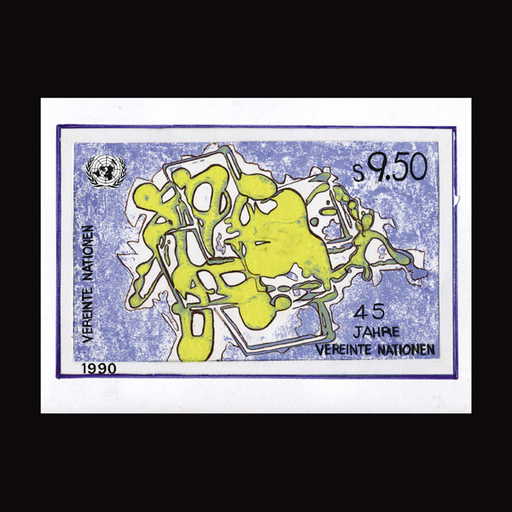It’s been a busy
month getting the kids off to a new school year. My daughter started middle
school this year, which has a 7am drop-off time. So, she and I have been
struggling with this early wake-up time. I feel like I’ve been a zombie for the
past few weeks. But both kids are doing well and adjusting – both have been
picked as Top Five Students of the Week for each of their grades. So, I suppose
they’re getting off to a good start.
 |
| This dish was fantastic! Definitely had a fan club. |
 |
| I normally love banana bread, but this needed a little something more. |
The bread I made was
Rice Bread (slightly different than the one I made for Liberia). I started by
mashing six kinda ripe bananas in a bowl until it was like a lumpy pudding.
Then I slowly added in 1 ½ c of rice flour (I used white rice flour) into the
bananas. After stirring to avoid lumps, I slowly poured in almost a cup of
sugar, stirring it well again (the riper the banana, the more sugar it makes
naturally; since mine weren’t as ripe, I added more sugar). Finally, I added in
2 tsp grated nutmeg, ¼ tsp of cinnamon, and 3 oz (6 Tbsp) of vegetable oil and
stirred again. Once I gave it another couple of good stirs to make sure
everything was smooth and consistent, I poured it into one of my baking pans (I
oiled it beforehand). I couldn’t find my loaf pan, so I had to use a different
one. No worries. Setting my oven to 350ºF, I baked this for about 60 minutes.
It didn’t seem quite done, so I put it back in for a little longer. I really liked
the flavor of the nutmeg with it, but the slightly gooey texture kept making me
think it wasn’t done.
 |
| Although everyone thought the mild sausage too spicy, I liked this dish. |
The final dish I
made was Egusi Soup. I started by browning some mild sausage (the recipe says
“meat” – no clue as to what kind; I imagine it’s whatever’s on hand). In a
separate bowl, I mixed together a half can of diced green chilies (if you want
heat, use some hotter peppers), a half can of diced tomatoes, and about a
quarter of a diced onion. Then I took mashed them all together with my pestle
and added it to the sausage, letting it simmer for 10 minutes or so. I didn’t
have time to look for egusi at the international store, but I did have a small
bag of walnuts that I ground up. Not a perfect substitute, but it added a nice
flavor. Then I added in my ground “egusi,” a condensed stock cube (in lieu of a
Maggi cube – those things are full of MSG), and a tin of smoked salmon. After a
few minutes, I added in some spinach leaves and a bit of salt and pepper,
simmering for another 5-10 minutes. I could’ve actually left out the salt
completely. I served this with some steamed white rice. I was skeptical about
the salmon-sausage-walnut combo, but you know what? It was quite tasty! Outside
of being a little bit oily, I thought it was fantastic. The rest of my family
thought it was too peppery. (Wimps.)
 |
| Pictures or it didn't happen. He actually ate part of my food... and liked it. |
It took me a while to complete this one, but it got done.
I'm not used to having to cook during the week. And even though sometimes I'm
grateful for a break, it actually made me a little stir crazy to NOT be cooking
something exotic in the kitchen for a while. (My husband probably enjoyed that
part. Just kidding -- if you ask him, he'll deny it, but then give you
"that look.") All in all, I think everyone enjoyed this meal, even if
it was spread out over a couple of days. And oddly enough, I kept running into
articles, books, organizations, and people with ties to Sierra Leone.
Up next: Singapore
Up next: Singapore






